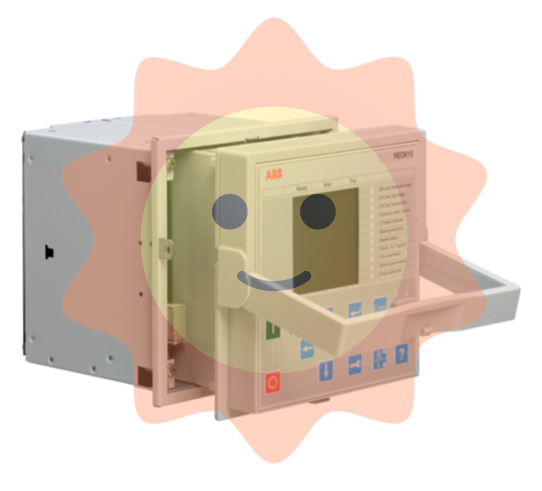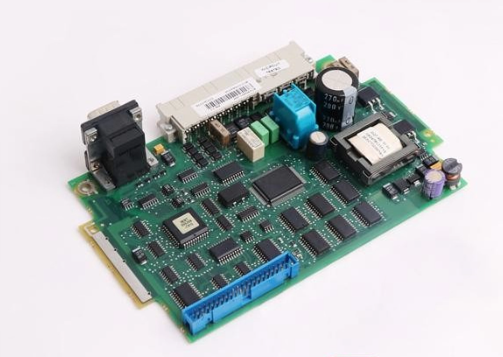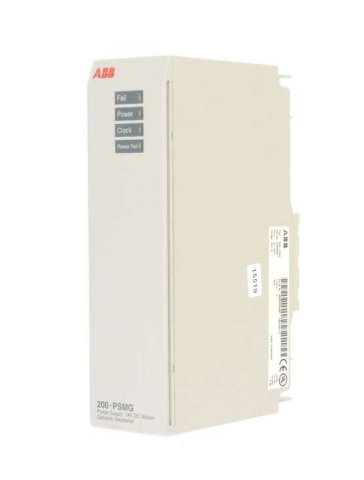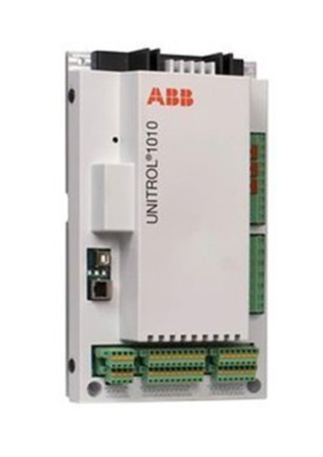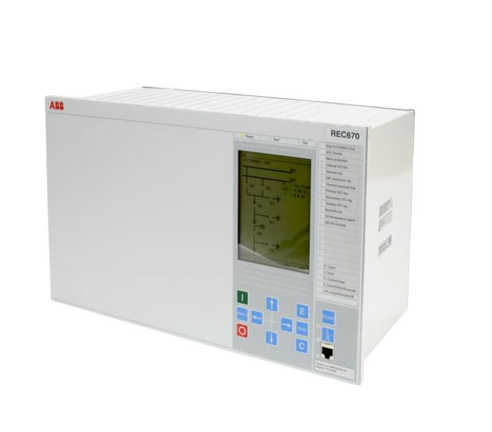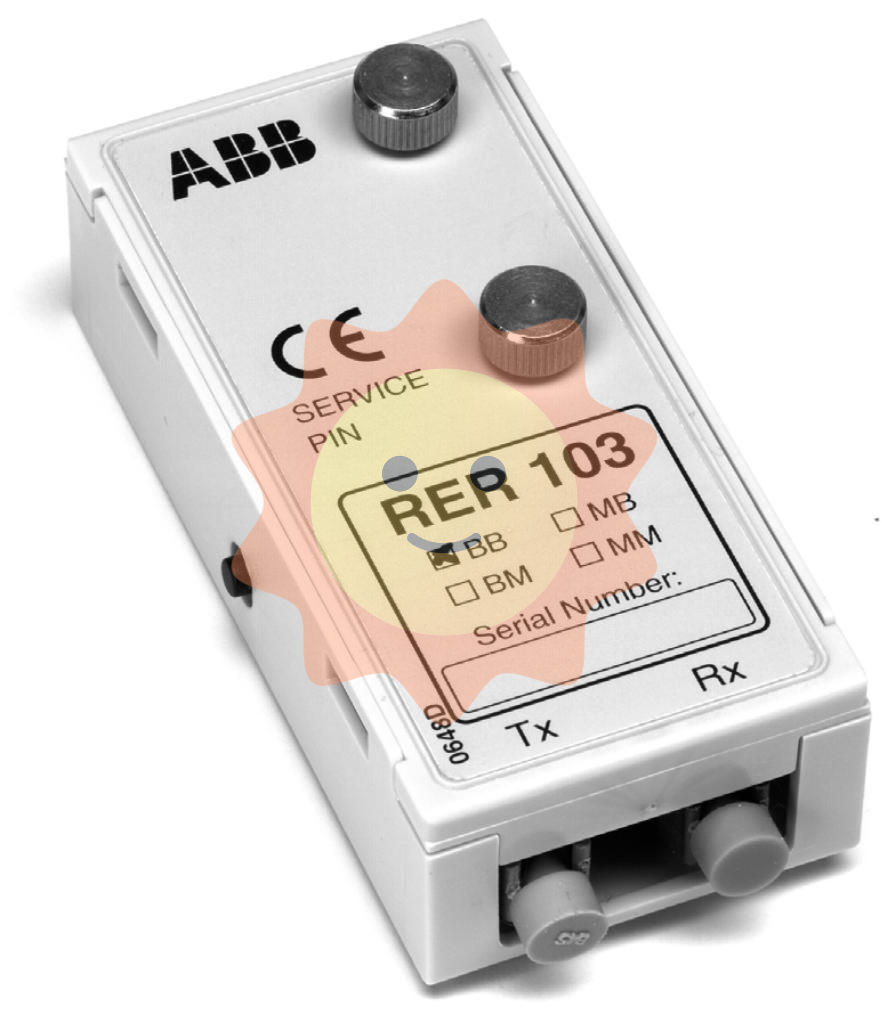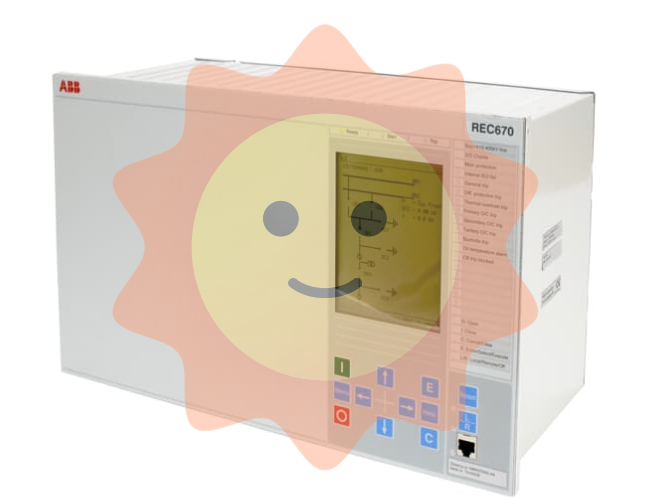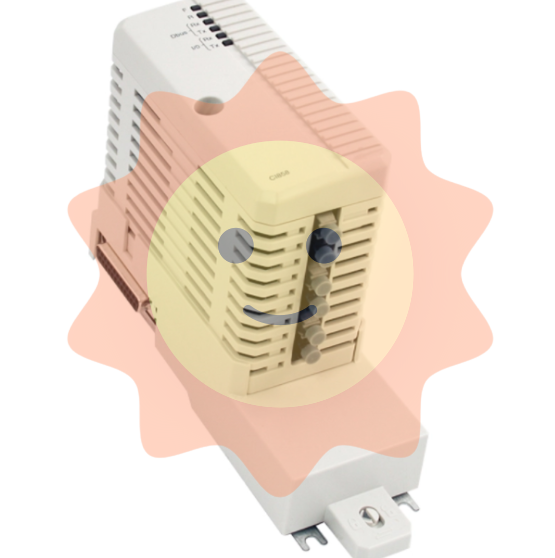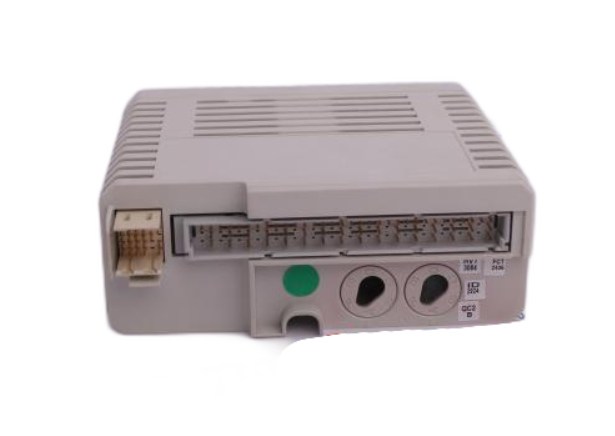Watlow Series 96 Temperature Controller
Watlow Series 96 Temperature Controller
Product Core Overview
The Watlow Series 96 is a 1/16 DIN sized microprocessor based temperature controller with universal input, multi output configuration, and flexible control capabilities, designed specifically for scenarios such as plastic processing, packaging, semiconductors, food processing, and laboratory equipment. The product has high stability and multifunctional scalability as its core advantages, supporting single/dual PID control, curve programming (Ramp/Soak), remote set point retransmission and other functions. Combined with NEMA 4X front panel protection and 0.1% measurement accuracy, it can meet the precise temperature control requirements of harsh industrial environments.
Core features:
Input/output flexibility: 1 universal input (compatible with thermocouples, RTDs, process signals), 1 auxiliary input (event/remote set point), 4 configurable outputs (relay/SSR/switch DC/process retransmission), suitable for multiple types of sensors and actuators.
Control capability: Supports On Off, P, PI, PID control modes, built-in Auto tune and Burst Fire functions, curve programming supports 2 files, 8 steps per file, and can be linked and extended to 16 step continuous curves.
Convenient operation: The patented Custom Menu can add 16 commonly used parameters, dual 4-digit LED display, support ° C/° F/process unit switching, intuitive button operation, and can be quickly mastered by both new and expert users.
Communication and Expansion: Optional EIA/TIA-232/485 communication (Modbus RTU protocol), supports remote configuration and data retransmission, and some models have event input triggering functions (such as start/pause curves, reset alarms).
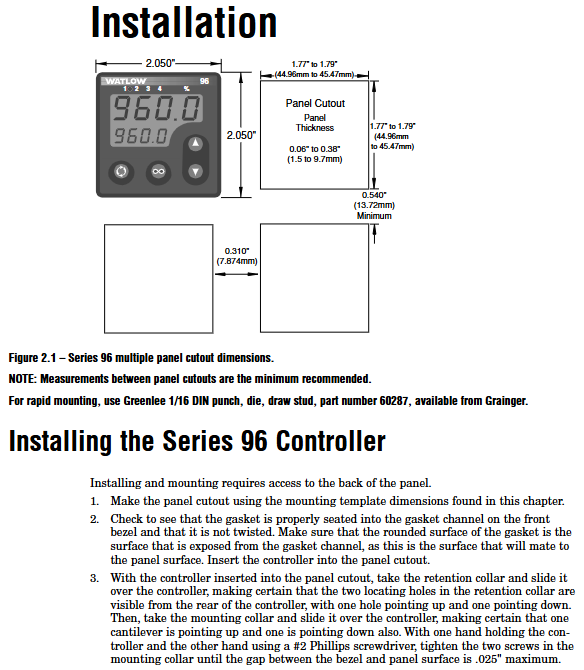
Product model and core configuration
(1) Model coding rules
The model consists of 12 characters, and the key dimensions are defined as follows. The complete model format is 96 [power] [input 2] [output 1] [output 2] [output 3] [output 4] [software/display]:
Encoding position meaning optional configuration
Power supply (3rd position) Power supply type A=100-240V AC/DC, B=24-28V AC/DC
Input 2 (4th digit) Auxiliary input function 0=None, 1=Event input+Remote set point (0-5V/4-20mA)
Output 1-4 (bits 5-8) Output type C=switch DC/open collector, D=electromechanical relay (2A), F=process output (0-10V/4-20mA), K=SSR (0.5A), A=none
Software/Display (bits 9-12) Function and Display 00=Standard Software, AA=Curve Programming Software; RR/RG/GR/GG=red/green dual display combination
(2) Core hardware specifications
Category detailed parameters
Input Characteristics - General Input: Thermocouples (J/K/T/N/E/R/S/B, etc.), RTDs (2/3-wire 100 Ω platinum resistors), process signals (0-10V/4-20mA, etc.).
-Input accuracy: ± 0.1% range ± 1 ° C (standard conditions), sampling rate 10Hz (single input)/5Hz (dual input).
-Auxiliary input: Event input supports dry contact or 3-36V DC voltage, remote set point supports 4-20mA/0-10V signal.
Output capability - Relay output: Form C contact, 2A@250V AC/30V DC, The mechanical lifespan is 100000 cycles.
-SSR/DC switch: SSR output 0.5A@20-280V AC, Switch DC maximum 200mA@42V DC。
-Process output: 0-10V (minimum 1k Ω load) or 4-20mA (maximum 800 Ω load), accuracy ± 15mV/± 30 μ A.
Environment and Protection - Operating Temperature: 0-65 ° C (non condensing), Relative Humidity: 0-90% (non condensing).
-Protection level: front panel NEMA 4X, enclosure IP4X.
-Power consumption: Maximum 7VA, supports power-off data storage (non-volatile memory).
Installation and wiring specifications
(1) Installation requirements
Panel opening and fixing
Hole size: 52mm × 52mm (2.05in × 2.05in), panel thickness 1.5-9.7mm (0.06-0.38in).
Installation steps: Confirm that the front panel sealing ring is in place → Insert the controller from the front of the panel → Install the fixing ring and buckle → Tighten the screws (with a maximum gap of 0.025 inches) to ensure a leak proof seal.
Attention: Avoid excessive tightening of screws that may cause damage to the panel. When installing multiple units in parallel, a heat dissipation distance of ≥ 30mm should be reserved and kept away from corrosive gases and strong vibration environments.
Power supply and wiring safety
Power wiring: For high-power models (A), connect L1/L2 terminals (100-240V AC/DC), and for low-power models (B), connect+/- terminals (24-28V AC/DC), matching the power type indicated on the model label.
Wiring specification: Wire specification 12-22 AWG, terminal torque 5.0 in lb, analog input and power/digital signals need to be isolated and wired to avoid ground loop interference.
Safety compliance: Following NEC wiring standards, explosion-proof switches are required for hazardous environments, and sensor wiring must match the type (thermocouple extension wire material is consistent, 3-wire RTD lead resistance is balanced).
(2) Key wiring example
Sensor wiring
Thermocouple: The negative electrode (usually red) should be connected to the S1 terminal, and the extension wire should match the thermocouple material (such as K-type wire) to avoid errors caused by mixing.
When wiring RTD with a 3-wire system, the resistance of the three leads should be consistent (≤ 20 Ω), and S1 should be connected to a white lead to compensate for the effect of lead resistance through wiring.
- EMERSON
- Honeywell
- CTI
- Rolls-Royce
- General Electric
- Woodward
- Yaskawa
- xYCOM
- Motorola
- Siemens
- Rockwell
- ABB
- B&R
- HIMA
- Construction site
- electricity
- Automobile market
- PLC
- DCS
- Motor drivers
- VSD
- Implications
- cement
- CO2
- CEM
- methane
- Artificial intelligence
- Titanic
- Solar energy
- Hydrogen fuel cell
- Hydrogen and fuel cells
- Hydrogen and oxygen fuel cells
- tyre
- Chemical fiber
- dynamo
- corpuscle
- Pulp and paper
- printing
- fossil
- FANUC
- Food and beverage
- Life science
- Sewage treatment
- Personal care
- electricity
- boats
- infrastructure
- Automobile industry
- metallurgy
- Nuclear power generation
- Geothermal power generation
- Water and wastewater
- Infrastructure construction
- Mine hazard
- steel
- papermaking
- Natural gas industry
- Infrastructure construction
- Power and energy
- Rubber and plastic
- Renewable energy
- pharmacy
- mining
- Plastic industry
- Schneider
- Kongsberg
- NI
- Wind energy
- International petroleum
- International new energy network
- gas
- WATLOW
- ProSoft
- SEW
- wind
- ADVANCED
- Reliance
- YOKOGAWA
- TRICONEX
- FOXBORO
- METSO
- MAN
- Advantest
- ADVANCED
- ALSTOM
- Control Wave
- AB
- AMAT
- STUDER
- KONGSBERG
- MOTOROLA
- DANAHER MOTION
- Bently
- Galil
- EATON
- MOLEX
- Triconex
- DEIF
- B&W
- ZYGO
- Aerotech
- DANFOSS
- KOLLMORGEN
- Beijer
- Endress+Hauser
- MOOG
- KB
- Moxa
- Rexroth
- YAMAHA


Email:wang@kongjiangauto.com





























































































